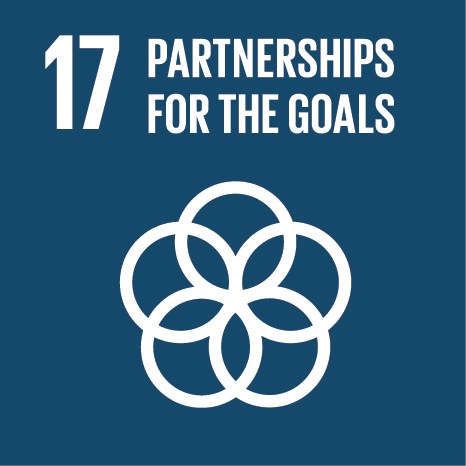Ciência_Iscte
Publications
Publication Detailed Description
Genetic diversity and signatures of selection of drug resistance in Plasmodium populations from both human and mosquito hosts in continental Equatorial Guinea
Journal Title
Malaria Journal
Year (definitive publication)
2013
Language
English
Country
United Kingdom
More Information
Web of Science®
Scopus
Google Scholar
This publication is not indexed in Overton
Abstract
Background
In Plasmodium, the high level of genetic diversity and the interactions established by co-infecting parasite populations within the same host may be a source of selection on pathogen virulence and drug resistance. As different patterns have already been described in humans and mosquitoes, parasite diversity and population structure should be studied in both hosts to properly assess their effects on infection and transmission dynamics. This study aimed to characterize the circulating populations of Plasmodium spp and Plasmodium falciparum from a combined set of human blood and mosquito samples gathered in mainland Equatorial Guinea. Further, the origin and evolution of anti-malarial resistance in this area, where malaria remains a major public health problem were traced.
Methods
Plasmodium species infecting humans and mosquitoes were identified by nested-PCR of chelex-extracted DNA from dried blood spot samples and mosquitoes. Analysis of Pfmsp2 gene, anti-malarial-resistance associated genes, Pfdhps, Pfdhfr, Pfcrt and Pfmdr1, neutral microsatellites (STR) loci and Pfdhfr and Pfdhps flanking STR was undertaken to evaluate P. falciparum diversity.
Results
Prevalence of infection remains high in mainland Equatorial Guinea. No differences in parasite formula or significant genetic differentiation were seen in the parasite populations in both human and mosquito samples. Point mutations in all genes associated with anti-malarial resistance were highly prevalent. A high prevalence was observed for the Pfdhfr triple mutant in particular, associated with pyrimethamine resistance.
Analysis of Pfdhps and Pfdhfr flanking STR revealed a decrease in the genetic diversity. This finding along with multiple independent introductions of Pfdhps mutant haplotypes suggest a soft selective sweep and an increased differentiation at Pfdhfr flanking microsatellites hints a model of positive directional selection for this gene.
Conclusions
Chloroquine is no longer recommended for malaria treatment in Equatorial Guinea but sulphadoxine-pyrimethamine (SP) remains in use in combination with artesunate and is the only drug recommended in preventive chemotherapy in pregnancy. The high prevalence of point mutations in Pfdhfr and Pfdhps points to the danger of an eventual reduction in the efficacy of SP combined therapy in P. falciparum populations in Equatorial Guinea and to the essential continuous monitoring of these two genes.
Acknowledgements
--
Keywords
Malaria,Equatorial Guinea,Genetic diversity,Drug resistance,Microsatellites,Plasmodium falciparum
Fields of Science and Technology Classification
- Biological Sciences - Natural Sciences
- Health Sciences - Medical and Health Sciences
- Other Medical Sciences - Medical and Health Sciences
Contributions to the Sustainable Development Goals of the United Nations
With the objective to increase the research activity directed towards the achievement of the United Nations 2030 Sustainable Development Goals, the possibility of associating scientific publications with the Sustainable Development Goals is now available in Ciência_Iscte. These are the Sustainable Development Goals identified by the author(s) for this publication. For more detailed information on the Sustainable Development Goals, click here.

 Português
Português



